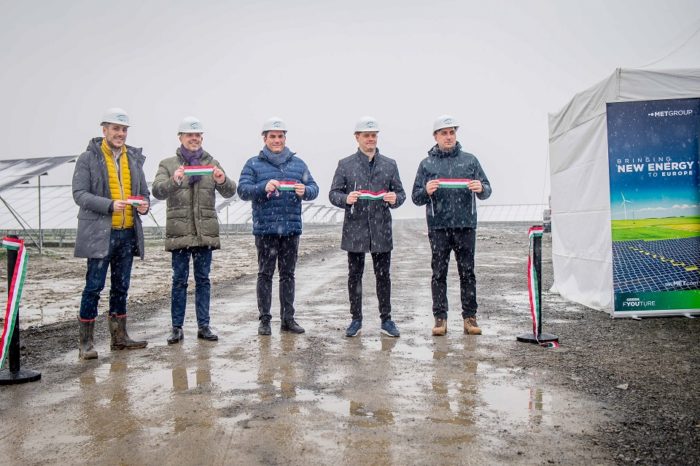Deloitte study: Europe emerges as the largest producer of green hydrogen

Europe emerges as the largest producer of green hydrogen, with a 30 percent share in the world production, due to its ample, low-cost renewables capacity, in a race for decarbonization aiming at transforming by 2030 industries with high carbon footprint such as heavy industry, refinery, aviation, road freight and sea transports, according to the Deloitte study “Hydrogen. Making it happen”, while Middle East and Australia come in turn with important production capacities of about 20 percent each. But, to achieve the “zero-emissions by 2050” objective, the global amount of “clean” hydrogen should triple, the study also shows.
As one of the very few reliable options for reducing carbon emissions, besides electrification, and considering the worsening access to conventional fuels, hydrogen enjoys an increasing demand in the market, the EU estimating that by 2030 every billion EUR invested in hydrogen projects will produce 10,000 new direct and indirect jobs. Out of the 600 hydrogen projects announced or operational at a global level in 2022, the largest 25 amount to about 70 percent of the current total capacity, which indicates a diverse market exists already, with many small, local projects, that can cover specific needs, and a few major projects, with regional capacities, mainly concentrated in Europe, in the Middle East, the US and Australia.
Hydrogen power is optimal in high-temperature industrial processes, it brings higher energy density compared to batteries, thus provides superior power to heavy-duty vehicles and machinery, and can store electricity from renewables such as solar and wind, the study shows. Countries such as Japan, South Korea and the US consider using hydrogen for generating electricity or producing synthetic fuels.
Among all the hydrogen versions – green, obtained from water via electrolysis, without carbon emission; grey, obtained from fossil, with carbon emissions; blue, also fossil-based, but with zero emissions; pink, nuclear-based, still being researched –, the green hydrogen is the “cleanest” and the potential and interest for adopting it differs from one industry to another, according to the study. For example, chemical and petrochemical industries already use grey hydrogen and they need to make minimal investments in order to convert part of their infrastructures to green hydrogen and obtain some of their products in a cleaner and cheaper way. Heavy industry, aviation and road freight are stimulated by specific regulations to switch to green hydrogen by 2030, while for other transport categories decarbonization plans stay unclear and are expected to materialize after 2030. Regarding automotive and buildings (space heating), they benefit from the electricity alternative, thus are unlikely to convert to hydrogen.
“The study suggests five directions to stimulate transition to hydrogen energy and to make it work. First, creating a natural demand in the market by bringing together economic actors convinced by the benefits of the hydrogen technologies. Secondly, we need specific regulations, for example, establishing an index of hydrogen-based technologies’ emissions to encourage the green hydrogen among existing options. Next, coupling the production potential to the storage and transportation capabilities by converting already existing infrastructures. Not last, we need collaboration: innovation does not come under the regulations’ pressure, but by collective will and systemic action. The solution for integrating these five measures are the so-called ‘hydrogen hubs’, meaning geographies which have accessible resources to produce hydrogen, the investment potential and regulations stimulating the hydrogen market, and the study shows that Europe enjoys the best prerequisites for materializing such projects by 2030. Given its significant potential in the renewables area, Romania can also play an important role in the process, and I hope that the upcoming national strategy for hydrogen will reflect a level of ambition matching that potential,” stated Sorin Elisei, Director, Deloitte Romania, Leader of Sustainability and Energy Practices.
Companies’ infrastructure expenses can decrease by 95 percent in the ‘hydrogen hubs’ scenario compared to the lone-investment scenario, according to the study. Besides the cost optimization, this approach can bring benefits such as systematizing the green transition, diversifying the labor market, and developing new business models, for example synergic industrial chains for producing cement, methanol and steel.
The Deloitte “Hydrogen. Making it happen” study assesses good practices and optimal ways to advance towards the “zero-emission by 2050” target and the degree to which hydrogen can answer to the current challenges on the energy market.














